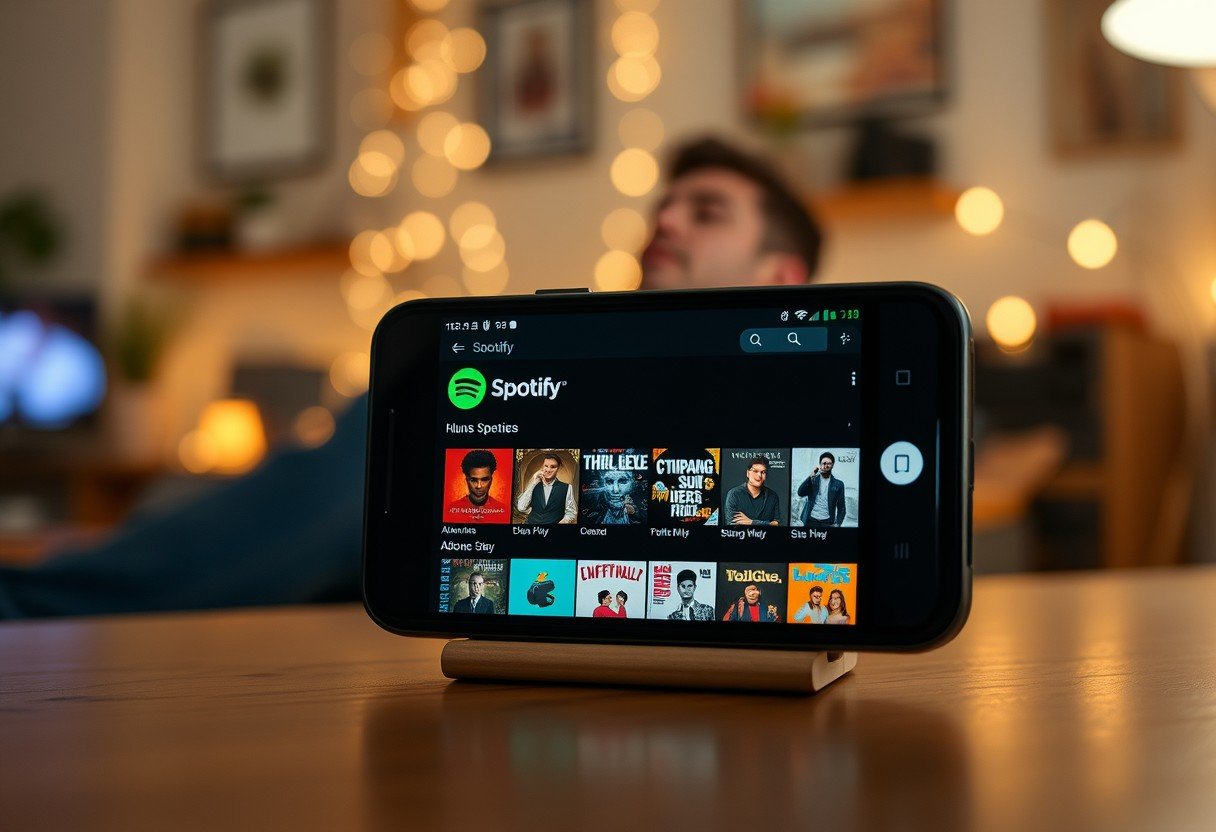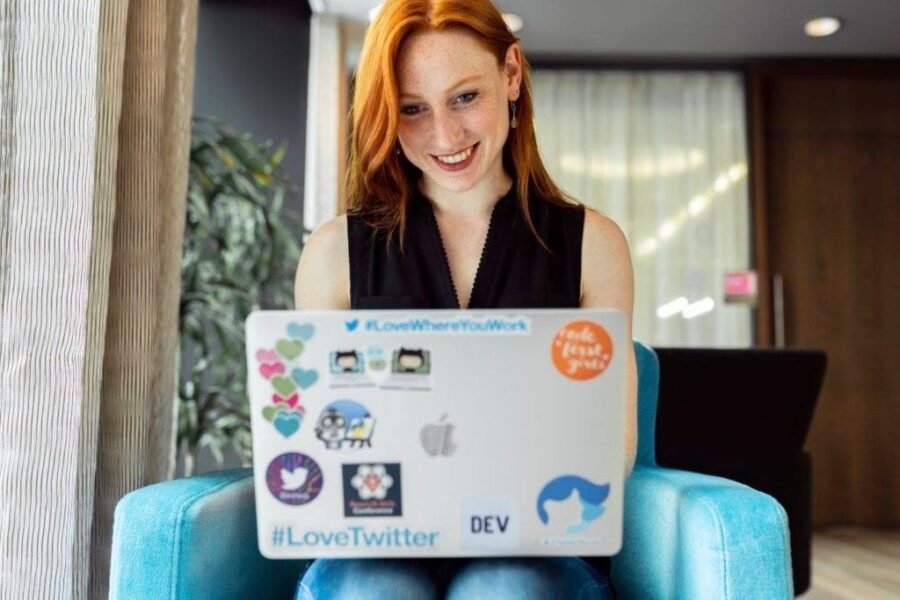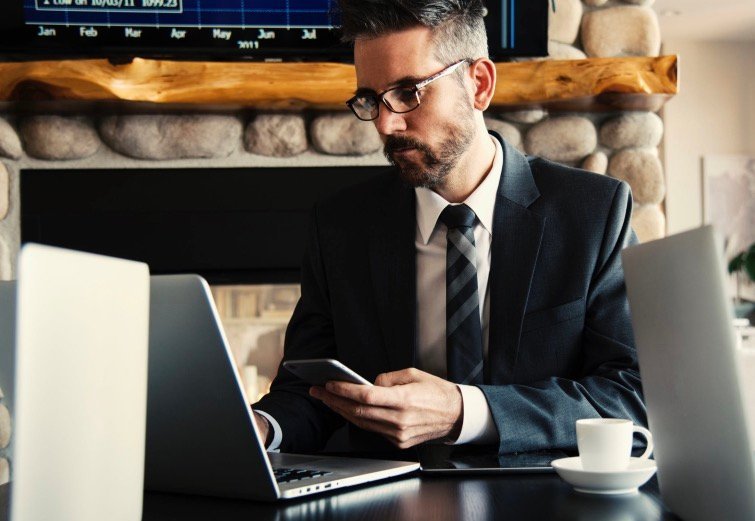Ever wondered why Spotify’s free version acts like a radio station you can’t control? It’s a smart strategy. Spotify plays random songs for free users to help you discover new music, generate ad revenue, and gently encourage you to upgrade to Premium. This approach creates a balance, offering free music to millions while building a sustainable business model that benefits the platform, its users, and its advertisers.
The Business Model Behind Shuffle Play
Spotify operates on what’s known as a “freemium” business model. The goal is to attract a massive user base with a free, ad-supported product and then convert a percentage of those users into paying subscribers. The random or shuffle-only playback for free users is a core component of this strategy.
By limiting your control, Spotify creates a clear distinction between its free and paid offerings. The free tier is a fantastic way to access a huge music library without paying, but it comes with restrictions designed to highlight the value of a Premium subscription.
This model is also fueled by data. By analyzing the listening habits of its vast free user base, Spotify gathers invaluable data. This information helps improve its music recommendation algorithms, tailor advertisements, and understand what features motivate users to upgrade, making the entire platform smarter and more effective.
How Random Songs Keep You Listening
At first, random song playback might seem like a simple limitation, but it’s also a powerful tool for user engagement. When you can’t pick the next song, there’s an element of surprise that can lead you to discover a new favorite artist or genre you might have otherwise missed. This process of discovery is a key reason people keep coming back.
This strategy is designed to increase the amount of time you spend on the platform. The more you listen, the more ads you hear, which generates revenue for Spotify. More importantly, longer listening sessions provide the algorithm with more data about your tastes, allowing it to refine its suggestions and make the “random” shuffle feel more personalized over time. Keeping you engaged with the platform ensures that you continue using the service, which ultimately leads to higher conversion rates.
The Premium Upsell: A Gentle Nudge
The most direct reason for random playback is to motivate you to upgrade to Spotify Premium. The frustration of wanting to hear a specific song but being unable to is a powerful incentive. Spotify is essentially letting you sample the library but withholding the full control that music lovers crave.
Every time you hear an ad or are forced to listen to a song you don’t like, it serves as a reminder of what a Premium subscription offers. The free experience is intentionally designed to have these small friction points.
Free vs. Premium: A Quick Comparison
| Feature | Spotify Free | Spotify Premium |
|---|---|---|
| Song Selection | Shuffle play only | Play any song, anytime |
| Advertisements | Audio and visual ads | Completely ad-free |
| Song Skips | Limited skips per hour | Unlimited skips |
| Offline Listening | Not available | Download music for offline play |
This clear difference in experience is what makes upgrading so appealing for avid listeners who want full control and an uninterrupted music journey.
What Your Skips Tell Spotify’s Algorithm
Even though you have limited control, your actions on the free tier are incredibly important. Every time you skip a track, like a song, or add something to a playlist, you are teaching Spotify’s sophisticated algorithm about your personal tastes.
This data is the fuel for Spotify’s recommendation engine. The system analyzes your behavior and compares it to millions of other users to find patterns. If you consistently skip slow folk songs but like upbeat pop tracks, the algorithm learns to serve you more of what you enjoy.
This ongoing feedback loop ensures that your listening experience becomes increasingly personalized, even within the limits of the free tier. The randomness becomes less random and more tailored to you, making the platform more enjoyable and “sticky.”
Ads, Artists, and the Free Music Trade-Off
Advertisements are the financial backbone of Spotify’s free service. Without them, the platform couldn’t offer access to its massive music catalog at no cost. The random playback model allows Spotify to seamlessly integrate ad breaks between songs, similar to a traditional radio broadcast.
This creates a clear trade-off for the user. You get free music, but in exchange, you must listen to ads and accept less control over your experience. It’s a compromise that millions of people are willing to make.
It’s also important to consider the artists. While the debate over streaming payouts is complex, your listening on the free tier does contribute to artist revenue. The money generated from ads is pooled and distributed to rights holders based on a pro-rata model, meaning artists get a small fraction of a cent for each stream.
Getting More Control on a Free Account
While you can’t get the on-demand experience of Premium, you can influence the algorithm to make your free listening more enjoyable. By actively engaging with the app, you can help it learn your preferences faster and provide better recommendations.
- Like Everything You Enjoy: Use the heart icon generously. This is the clearest signal you can send to Spotify about the music you want to hear more of.
- Build Your Playlists: Even if you can only listen to them on shuffle, creating playlists of your favorite songs helps the algorithm understand your taste profile deeply.
- Follow Artists and Curators: Following your favorite artists or playlist curators tells Spotify who you trust for good music, which can influence your recommended songs.
These actions won’t remove the ads or give you unlimited skips, but they will make the shuffle play feel much more aligned with your personal style.
Frequently Asked Questions about Spotify’s Free Tier
Why does Spotify play songs I don’t like?
Spotify’s algorithm is always learning. It plays a variety of songs, including new ones, to gauge your reaction. Skipping songs you dislike is important feedback that helps the algorithm refine its suggestions for you over time.
Can I turn off shuffle mode on Spotify for free?
No, on-demand playback is a key feature of the Premium subscription. The free tier is designed around shuffle play for most playlists and albums to encourage users to upgrade for full control over their music.
How many skips do I get on Spotify’s free plan?
Free users typically get a limited number of skips per hour, usually around six. This restriction is in place to create a more radio-like experience and is another incentive for users to subscribe to Premium for unlimited skips.
Is upgrading to Spotify Premium worth it?
This depends on your listening habits. If you want an ad-free experience, the ability to play any song on demand, unlimited skips, and offline listening, then Premium is likely a worthwhile investment for you.
Does Spotify pay artists for streams from free users?
Yes, artists are paid for streams from free users. The revenue generated from advertisements is pooled and distributed to artists and rights holders based on their total share of streams, although the per-stream payout is typically lower than from Premium users.









Leave a Comment